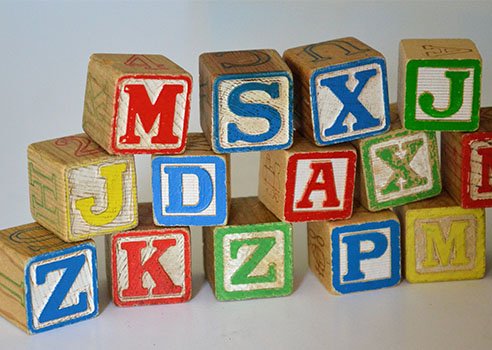Word count: 311 words
Reading time: Just over 1 minute
This is my weekly installment of “writing about writing,” in which I scan the world to find websites, books and articles to help writers. Today I offer information on the illiteracy rate in America.
My son didn’t learn to read until he was 12 years old. That’s because he’s severely dyslexic. Three of my four siblings also had learning disabilities so I wasn’t entirely surprised by my son’s predicament. But every once in awhile I felt the deep irony of being a professional editor with a son who couldn’t read.
Duncan required a great deal of one-on-one tutoring and, fortunately, we were able to afford it and provide the enormous amount of parental support he required, too. Not everyone is so lucky. We tend to think of “illiteracy” as something that plagues the Third World, not our own. But were you aware that 23% of America is illiterate? (I can only assume the numbers are similar in Canada, where I live.)
One in five Americans lacks basic skills beyond a fourth grade level. I find this so sad. And here’s the really telling statistic: Nearly half of those deemed illiterate live in level 1 poverty (earning only $230 to $240 per week.) Can you imagine what it would be like to live on $12,000 per year?
What’s more, adults with poor reading skills frequently suffer from health problems. Why? They lack the ability to read prescription instructions, medical directions or health-related literature.
And here’s the saddest part of all: Parents with poor literacy skills cannot give their own children the support they need to do well in school. Thus, illiteracy is a “disease” that can last for generations.
This information comes from the National Centre for Education Statistics.
Thanks to reader Josh Frazier for sharing this link with me.


